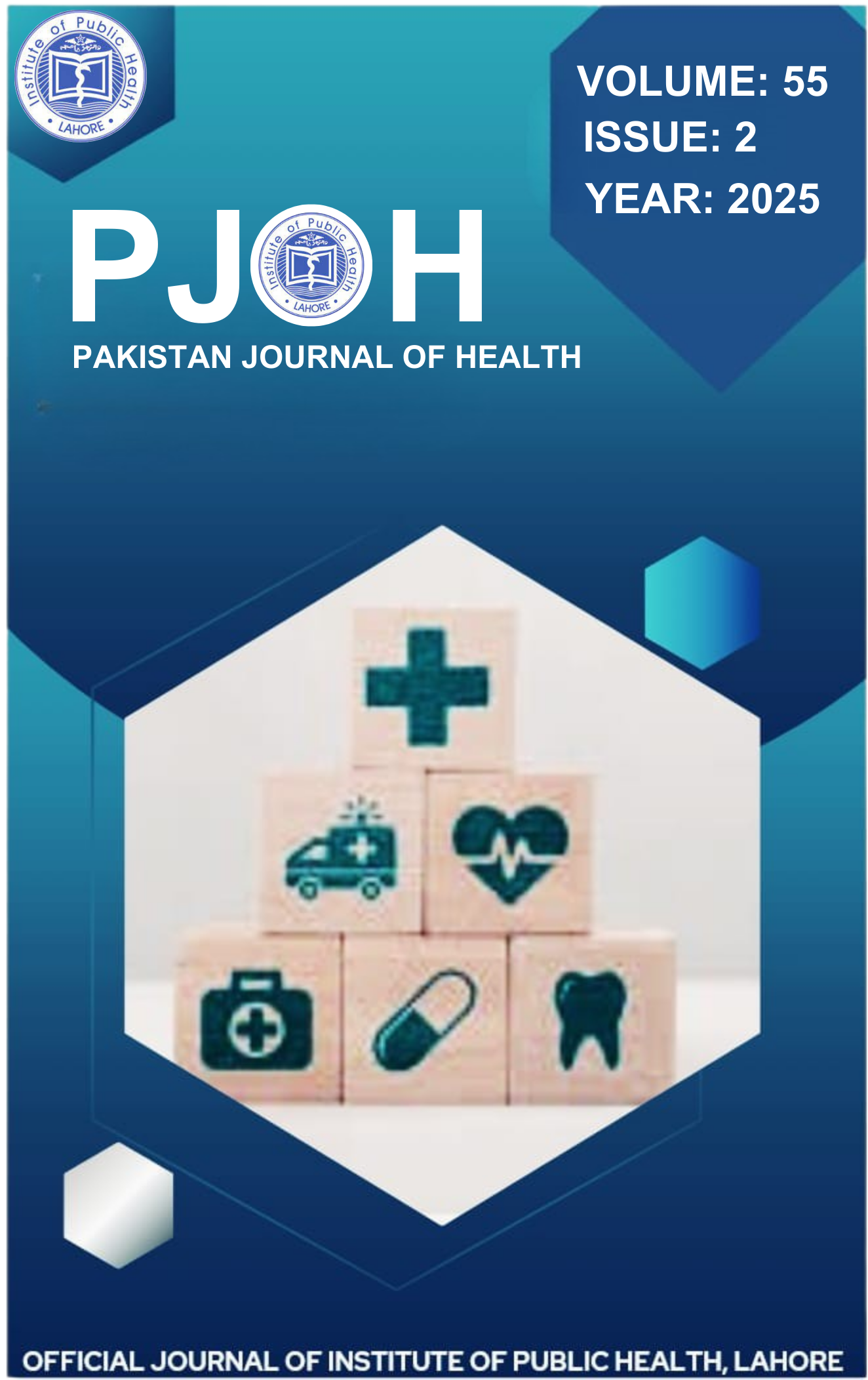The Interconnected Web: Understanding Zoonotic Disease Through One Health Lens
Keywords:
One Health, zoonotic diseases, global health security, antimicrobial resistance, integrated surveillanceAbstract
The increasing frequency of zoonotic diseases—those transmitted between animals and humans—demonstrates the urgent need for a One Health approach that integrates human, animal, and environmental health. With over 60% of emerging infectious diseases being zoonotic, including high-impact threats like SARS, Ebola, and avian influenza, siloed health systems are no longer sufficient. The One Health framework acknowledges the complexity of transmission pathways and the role of environmental drivers such as climate change and habitat disruption. Successful implementations, such as Uganda's efforts against sleeping sickness, show that cross-sector collaboration can lead to impactful outcomes. However, institutional, professional, and financial barriers hinder wider adoption, particularly in vulnerable regions. Embracing One Health requires interdisciplinary education, integrated surveillance, shared policies on antimicrobial resistance, and ecosystem-based prevention strategies. Ultimately, it is a proactive and essential paradigm shift to ensure global health security in an interconnected world.

